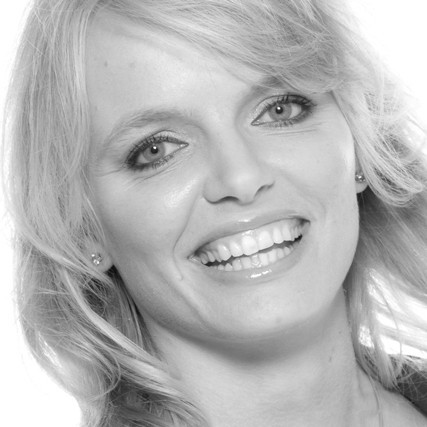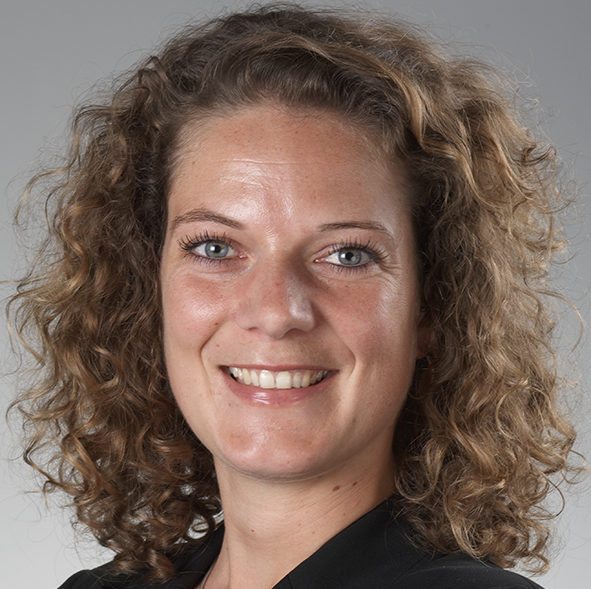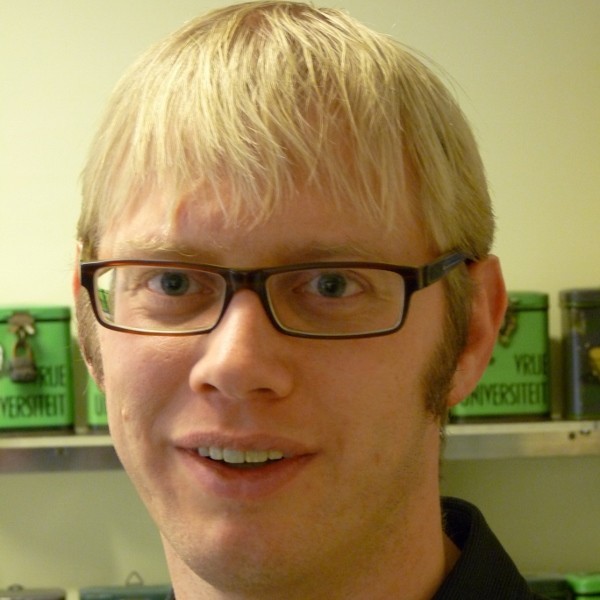Han Houdijk

Vrije Universiteit Amsterdam
Van der Boechorststraat 9, 1081 BT Amsterdam
room D431
+31 20 59 88469
General Interests
I’m intrigued by the complex elegance of the human movement system. How it allows us to perform normal daily task and (sometimes less normal) leisure activities, but also what happens when this system is affected by pathology. As a human movement scientist I apply theoretical models to understand the performance of the human movement system in healthy and pathological state. These models can be derived from the field of biomechanics, physiology or motor control and often a combination of these. My major challenge is to use these models to solve practical problems from rehabilitation, with a main focus on restoration of walking ability in people after lower limb amputation, stroke or cerebral Palsy.
The results of these research projects are directly implemented in the different teaching programs of Human Movement Sciences VU, and in the clinical services provided at the exercise and movement laboratory at Heliomare.
Achievements
I have supervised 6 PhD students and have (co-) authored over 70 papers in international scientific journals. I have been president of the Society of Movement Analysis Laboratories in the Low Lands (Smalll) and currently I’m president of the Dutch Chapter of the Society for Prosthetics and Orthotics (ISPO-NL).
Current Research
n/a
Résumé
n/a
Personal news…
- There are currently no news available
Corporate news…
- There are currently no news available
Research…
Energetics of Locomotion
Humans usually walk in a way that is energetically optimal. However, small changes to the gait pattern, such as alterations in arm swing, step length, or step width, change the metabolic energy required for walking. In this project we investigate how these small changes affect energetic cost of locomotion, and whether we can use these ...Fitness and Functioning after Stroke (FaFaS): Relative aerobic Load of daily life
This study will provide reference values for the (relative) aerobic load of daily activities for people after stroke. Furthermore, it will assess the impact of relative aerobic load on daily life activity levels.Implicit motor learning and movement automaticity in people with stroke
This study will provide reference values for the (relative) aerobic load of daily activities for people after stroke. Furthermore, it will assess the impact of relative aerobic load on daily life activity levels.Kinetic gait data to quantify socket fit and prosthetic alignment in amputees
To improve clinical practice it is important to quantify prosthetic alignment. Recently studies have shown that kinetic alignment criteria are feasible for alignment purposes. Therefore, it is this study’s goal to investigate the possible use of kinetic alignment criteria to optimize prosthetic functioning.Prosthetic and Orthotic Dynamic Alignment for Rehabilitation
The efficacy of prosthetic feet and ankle foot orthoses depends on a proper tuning (alignment) of these components to the user. Tuning involves selecting the right mechanical properties (e.g stiffness and length) and selecting the proper orientation of the device relative to biological leg of the user. In a series of projects we aim ...Running specific prostheses and orthoses
For people with lower limb impairments their running ability can be restored or enhanced using assistive technology that supports this behavior in the leg. For amputees this application is well known as their conventional prosthetic feet are replaced by carbon blades. In a series of projects the properties of running prosthetic and orthotic blades are ...Spexor: The effects of a spinal exoskeleton on biomechanics, performance, and user-satisfaction in healthy people and low back pain patients
In a European consortium, we are working on development of exoskeleton systems aiming at reduction of back loading in the context of prevention of low-back pain and rehabilitation/training of low-back pain patients. We aim to formulate requirements based on known risk factors for low-back pain. Furthermore, we perform iterative evaluations of prototypes in healthy subjects ...
Network…
- No activities at the moment.










